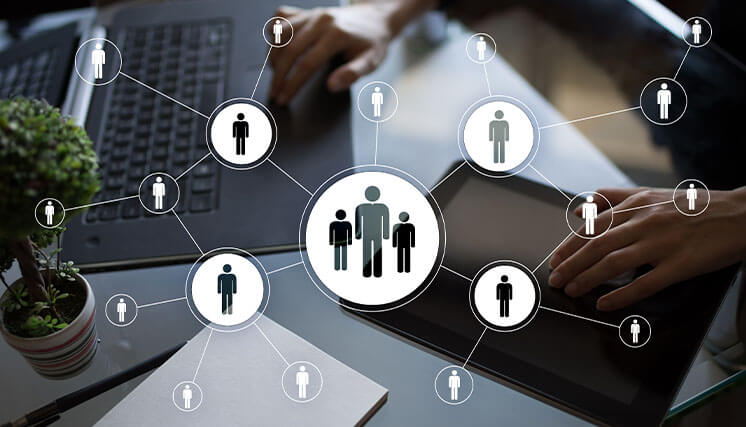In the realm of business administration, human resource management stands as an indispensable function. In the era of Industry 4.0 and digital transformation, the integration of intelligent applications for HR management has become commonplace. Here are 5 fundamental benefits of HR management software in the digital transformation:
1. Assessment of Job Performance
In any enterprise, the significance of the human resource system cannot be overlooked. Human resources are a crucial determinant of overall business efficiency, profitability, revenue, and developmental progress. Effective human resource systems are evaluated through various aspects, including job performance results. However, controlling work processes and efficiency is not a simple task, especially in companies with hundreds of employees. Reports often reveal deficiencies in accurately reflecting real-time, actual effectiveness, posing significant challenges in monitoring and management. HR management software dashboards serve as invaluable tools for managers to assess the work effectiveness of all employees in the company.

2. Time Saving and Productivity Enhancement with HR Software
Administrative tasks are among the most time-consuming responsibilities for HR managers. Some of these tasks include daily work supervision, employee data updates, vacation approvals, salary and allowance calculations, training supervision, etc. Automating these tasks through HR management software systems helps reduce the time and effort needed to complete each task. Once time constraints are addressed, numerous associated benefits follow suit. Ineffective time allocation can be redistributed to other tasks, thereby enhancing overall work efficiency and avoiding unnecessary waste.
3. Data Verification and Prompt Decision Making
In decision-making processes, timely and accurate information is crucial. Complete and timely information facilitates easier decision-making. HR software allows managers to collect data and access it at any time. With this data set, managers can view and access it with just a few clicks. This enables deeper analysis of relevant data to identify trends and detect issues, providing a feasible solution to circumvent the clutter of a paper-based system with cumbersome file cabinets and information retrieval.
4. Interaction Between Management and Employees
Internal corporate culture is vividly demonstrated through work interaction processes. Good, effective, and fast interaction enhances work efficiency and serves as a bond between managers and employees, as well as between employees themselves. Regardless of the digital transformation era, employees always need two-way exchanges with managers and colleagues. Using HR management software streamlines this interaction process. Managers and employees can still update each other’s work situation under restrictive conditions, solve work tasks quickly and neatly.
5. Employee Retention
Retaining employees is one of the most crucial tasks. Although recruitment is necessary for business growth, retaining the current workforce yields greater cost-effectiveness. Moreover, employees are accustomed to the company’s policies and work processes. HR management software allows managers to monitor employee performance, thereby outlining career development plans for them. This process involves gathering information on work performance, maintaining records of each employee’s strengths and weaknesses for regular assessment. This enhances employee morale by providing them with goals to aim for and makes them feel more connected to the company.
6. Implementing HR Software in Enterprises
HR management has undergone significant changes in businesses over the past 25 years. The HR department has evolved from merely executing administrative procedures to constructing and implementing strategies. The deployment of HR software is a trend aimed at bringing significant value to HR management in enterprises. Nowadays, the widespread availability of intelligent applications and the connectivity capability of job performance results across these applications for HR and business managers provide valuable tools and information to perform management tasks and make better decisions.
7. Three Customer Groups in Enterprises
Over the past decade, the trend of applying beyond the boundaries of a single software has become apparent. The function of Human Resource Management has been divided into deeper specialties. Software developers focus on developing their most robust and strongest products. HR management software can be developed separately and integrated. Implementing HR software can focus on specific tasks. Human Resource Managers set goals to increase the efficiency of key functions. Simultaneously meeting the needs of three main customer groups: Senior Managers, Mid-level Managers, and Employees.
These points highlight the pivotal role of HR management and the transformative impact of HR software in modern business environments.
Cre: ooc



















Discussion about this post